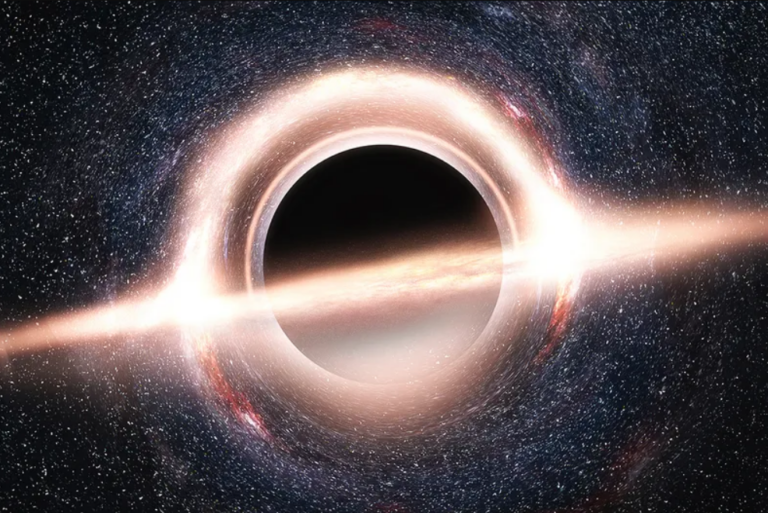UK astronomers have recently identified an ultramassive black hole that is approximately 30 billion times the mass of the Sun.
Astronomers in the United Kingdom have found an enormous and dark black hole. This black hole with almost 30 billion solar masses.
Scholars at the university of Durham held a new researches which detect a supermassive black hole on one of the greatest scales since ever seen. Their journal Monthly Notices of the Royal Astronomical Society is the prime resource for investigations into outer space conducted by the astronomy’s most prominent thinkers.
In this case, Dr. James Nightingale, the lead author at the university’s physics division, stated, “In terms of this particular black hole which is 30.000.000 times more massive than our solar system is found, it was observed to approach a kind of unreachable theoretical limit of the mass and size of this kind of physical object. This discovery turns to be one of the most amazing
Supermassive black holes, which have a mass of stellar mass-to-10-billion solar mass that is 40-billion times more massive than of the Sun, are most monstrous entities in the Universe. Astronomers assume that black holes freshen in the middle of the central region of the large galaxies which we inhabit the Milky Way galaxy as well.
Such large black holes, known as ultramassive black holes, are rarely spotted in space and are paradoxical due to some unidentifiable source of their genesis. Some consider that they might have been formed as a result of shocking collisions of enormous galaxies in the far distant past, while the Universe was still itself very young.
The team steeped gravitational lensing, an effect where a foreground galaxy acts as a giant giant and effects of aggravation of emerged black hole — the region of space, where gravitation is so high that even light can’t escape out.
The magnitude of the hypothesis was corroborated both by using theoretical computer simulations at the university and through real images captured by the Hubble Space Telescope.
It not only is the first detection of a black hole using gravitational lensing but also demonstrates the fundamental nature of the cosmic fabric. After that, she mentioned “We actually know most of the well-studied enormous black holes as they are in active state, where matter nearby them gets hot and travels around and emits different forms of energy such as light, X-rays, and other radiation forms”.
The effect of lensing on galaxies is in fact reversible. It makes possible the study of neutral blackholes which is not currently feasible in far-away galaxies. This gives us the ability to find more black holes in the outer space and show how these unusual objects evolved further back in cosmic time.
The researchers suggest that the findings from this investigation would be a tantalizing prospect of finding an immeasurable number of these giant black holes rather than just numerical projections of expectation.
The UK Space Agency, the Royal Society, the Science and Technology Facilities Council (STFC, a part of UKRI), and the European Research Council (ERC) were in charge of developing our project, with a financial support of these organizations.
Do not forget to share your opinion with us to provide you with the best posts !




0 Comments